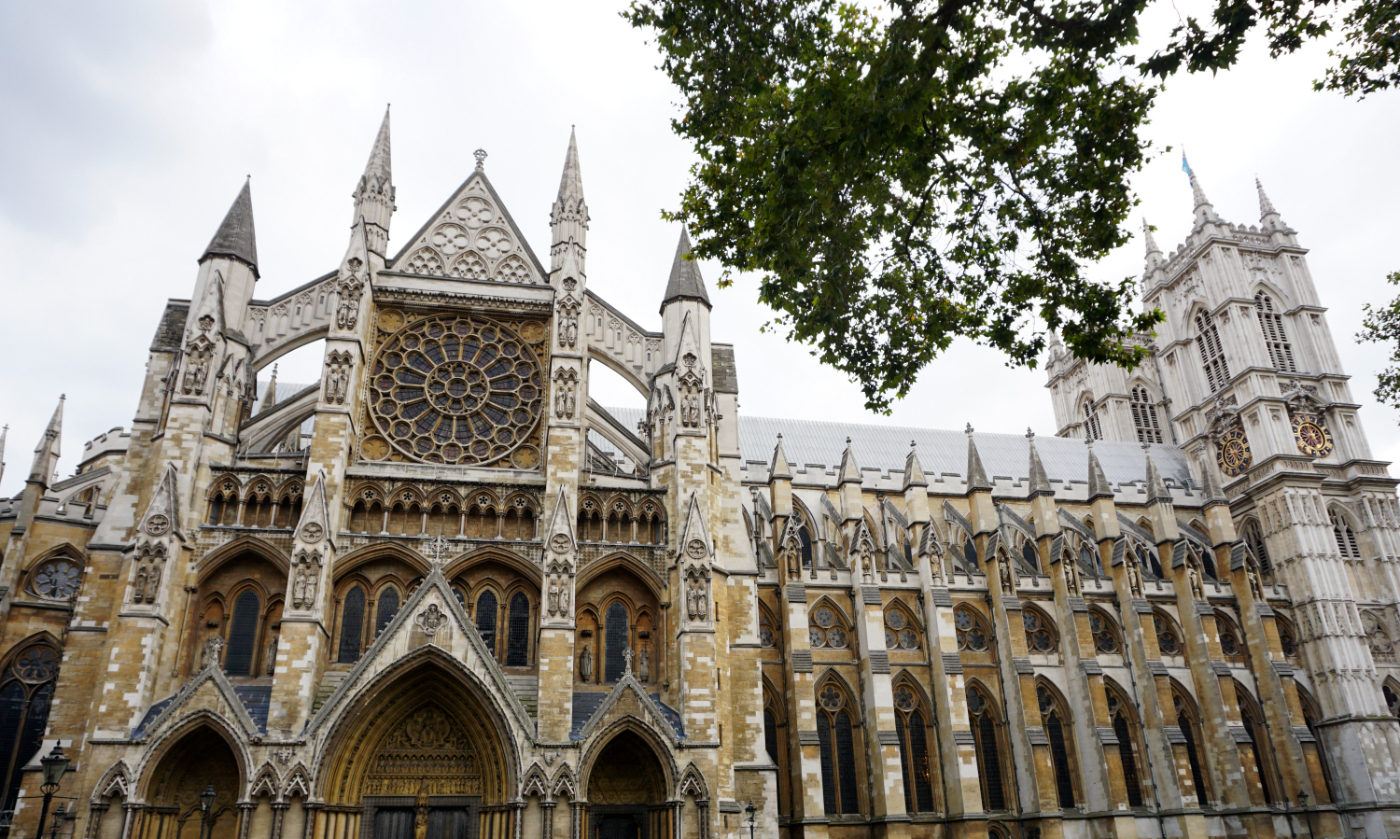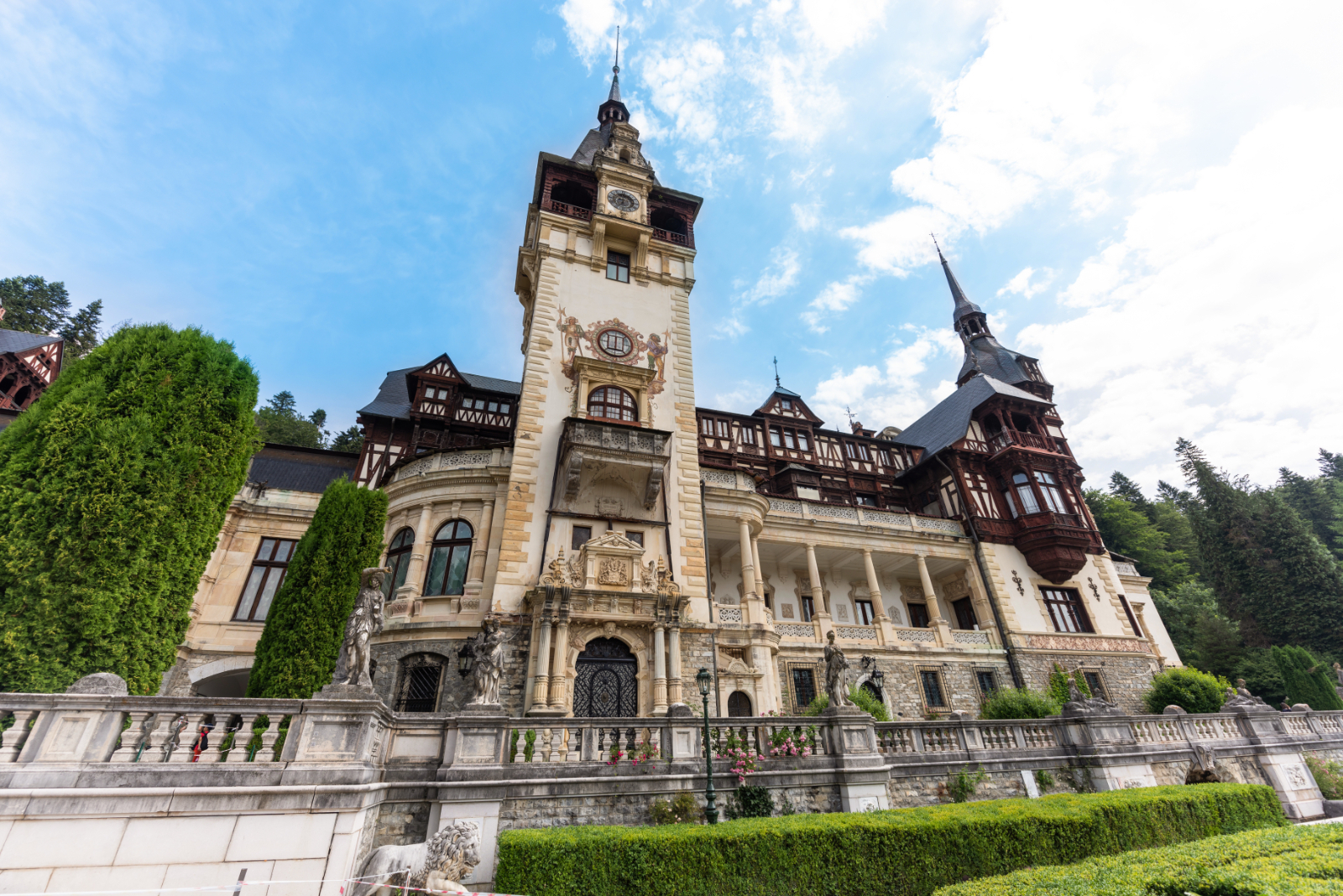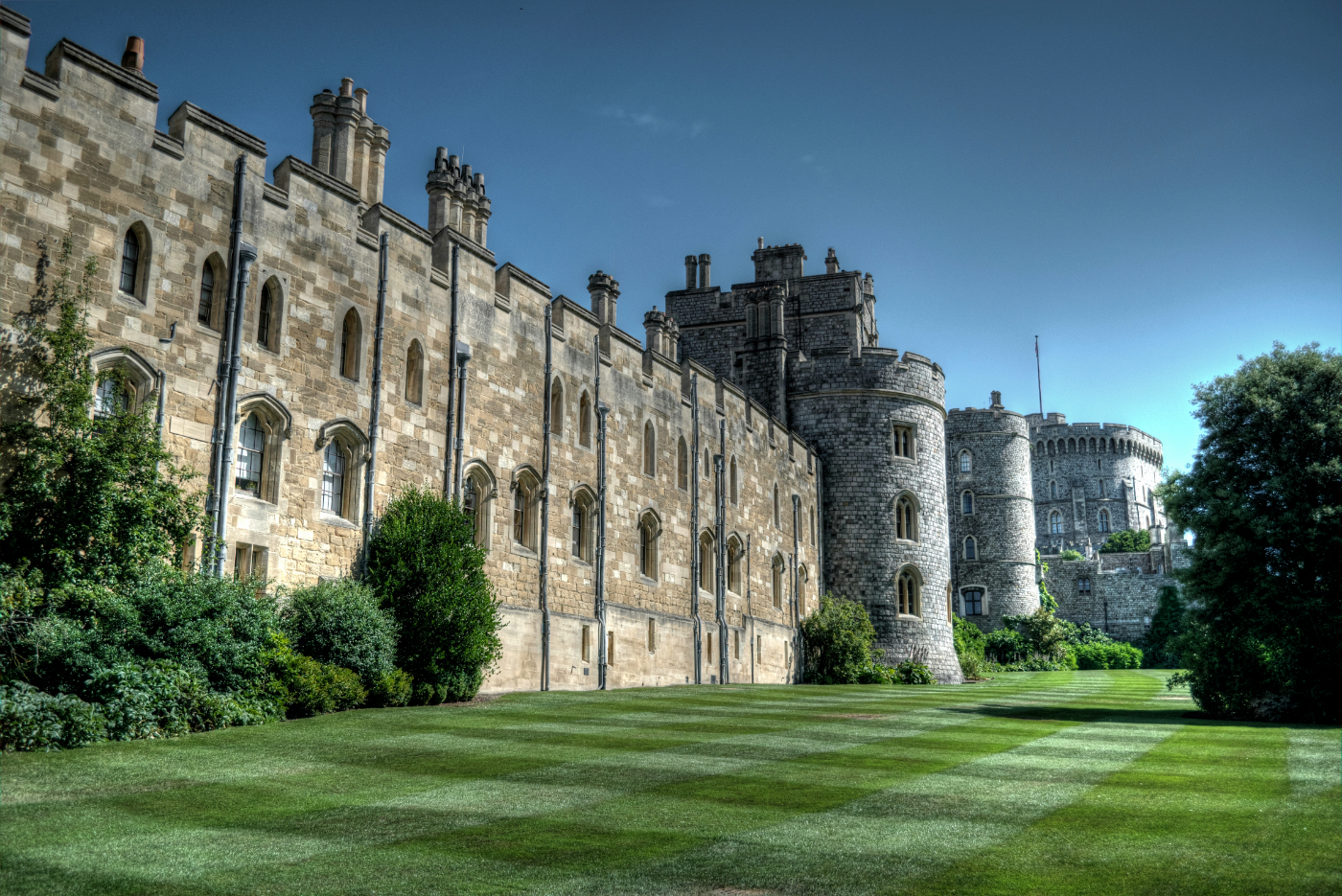Preserve your listed building’s charm with professional restoration services. We prioritise original details and use traditional skills to maintain its heritage value.
Understanding the Building’s Historic Features
Understanding a listed building’s historic features is essential when you're undertaking restoration work. Features such as period windows, timber beams, decorative plasterwork, historic flooring, or traditional roofing materials are what give the building its unique identity and heritage value.
When you're restoring a listed building, it’s important to recognise that even minor changes can alter its character. Without a clear understanding of its historic elements, there’s a risk of using inappropriate materials, removing significant features, or making alterations that compromise the building's authenticity.
For example, replacing original sash windows with modern windows can improve the building's energy efficiency, but it could also drastically change the building’s appearance and reduce its historic integrity.
Choosing the Right Materials and Methods
Using the appropriate materials and methods is essential when restoring a listed building, since it helps preserve the building’s authenticity. Listed buildings are valued for their distinctive architectural features and craftsmanship, and using modern or unsuitable materials can undermine both the building's historic character and structural integrity.
Traditional buildings were often constructed with materials like lime mortar, timber, natural stone, handmade bricks and slate. These materials are visually distinctive, and they also function differently from modern alternatives.
For instance, lime mortar allows a building to breathe and move, while cement-based mortars can trap moisture and cause long-term damage. Using the correct materials is essential to ensure the building stays as close to its original design as possible.

Local planning authorities often demand that any restoration work should be carried out using like-for-like materials and methods to ensure that the building stays authentic.
Choosing the wrong materials could lead to a failed Listed Building Consent application or even legal consequences if the work negatively affects the building’s character.
Keeping Original Details Wherever Possible
When restoring a listed building, keeping any original details wherever possible is the key to preserving its charm, character, and historical significance.
Features such as original windows, doors, fireplaces, mouldings, staircases, and decorative stonework are often what make the building unique. They provide a direct link to the building’s past and are central to its architectural identity.
If these features are removed or replaced, they can rarely be replicated with the same level of craftsmanship or quality. Even the most carefully crafted replicas can lack the subtle imperfections and character that come with age. By preserving these details, restorers honour the building’s history and allow future generations to appreciate the building in its original form.
Keeping original details also plays a key role in satisfying heritage regulations. Listed Building Consent often requires that significant features be retained or carefully repaired rather than removed or replaced. Local conservation officers often assess whether the proposed work will harm the character of the building, and preserving original features is usually a condition of the consent form.
Working with Skilled Conservation Specialists
Working with skilled conservation specialists is crucial when you're restoring a listed building, since they have a deep understanding of heritage practices, traditional techniques, and legal requirements. These experts have the knowledge and experience to preserve the building’s unique character while meeting the strict standards set by heritage authorities.
Listed buildings are often made from materials and construction methods that are no longer used today. Conservation specialists are trained in traditional craftsmanship, such as lime plastering, stone masonry, timber frame repair, and leadwork, which are all vital for restoring historic buildings accurately.
They also understand how older buildings function differently from modern ones, allowing them to use the appropriate repair techniques.

Skilled specialists also know how to assess which features must be preserved and which can be repaired. Their input helps ensure that the restoration work is both respectful and practical.
Most importantly, working with conservation specialists helps you preserve the building’s charm and authenticity. They have a trained eye for detail and a passion for heritage that ensures the restored features blend seamlessly with the original design, rather than appearing modern or out of place.
Our listed building restoration services can preserve and enhance your historic properties. From traditional repairs to full conservation projects, we work closely with conservation officers to stay compliant with heritage regulations while maintaining the building's original character and charm.
